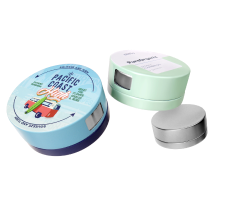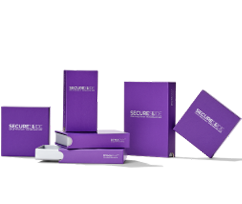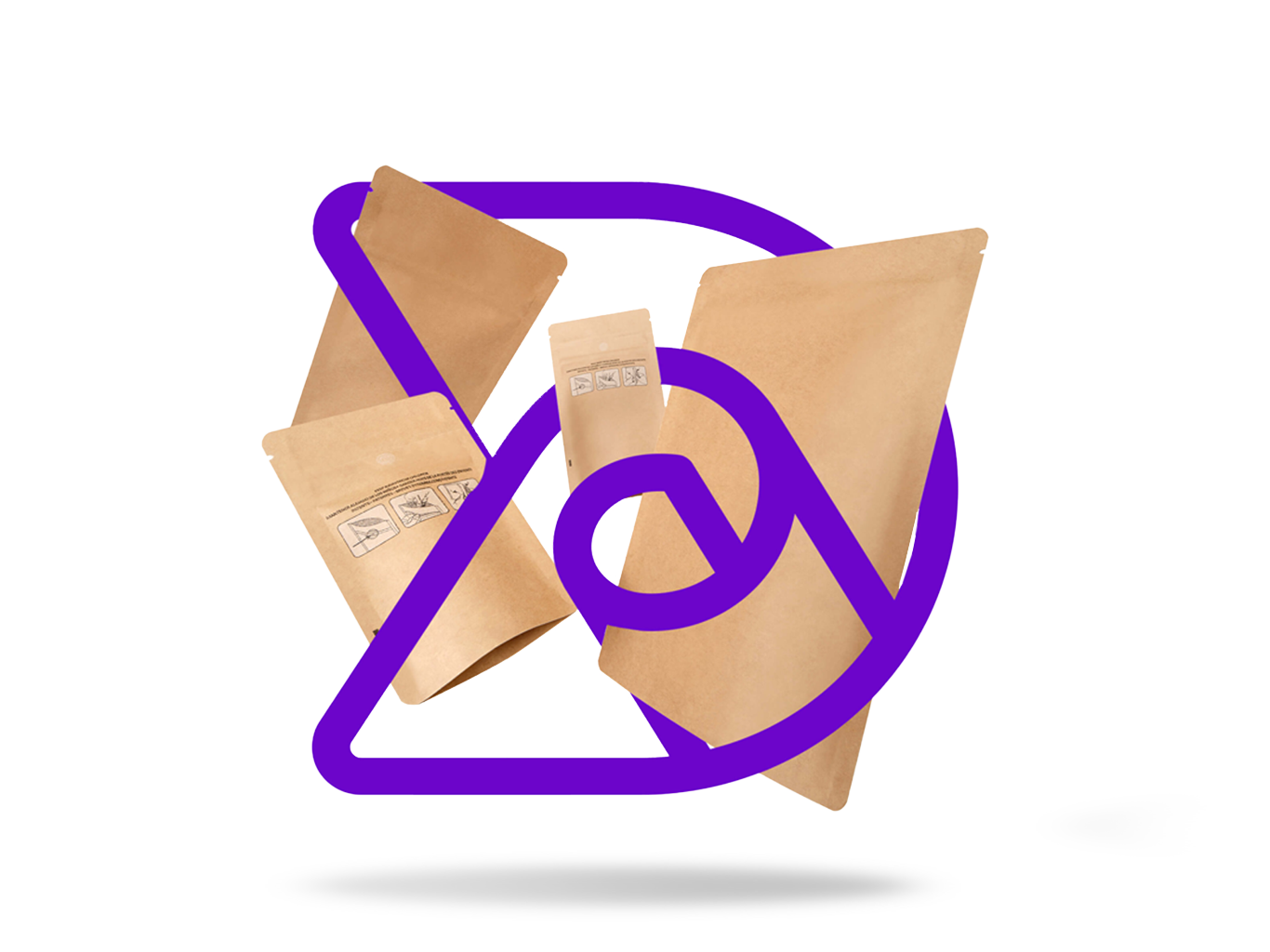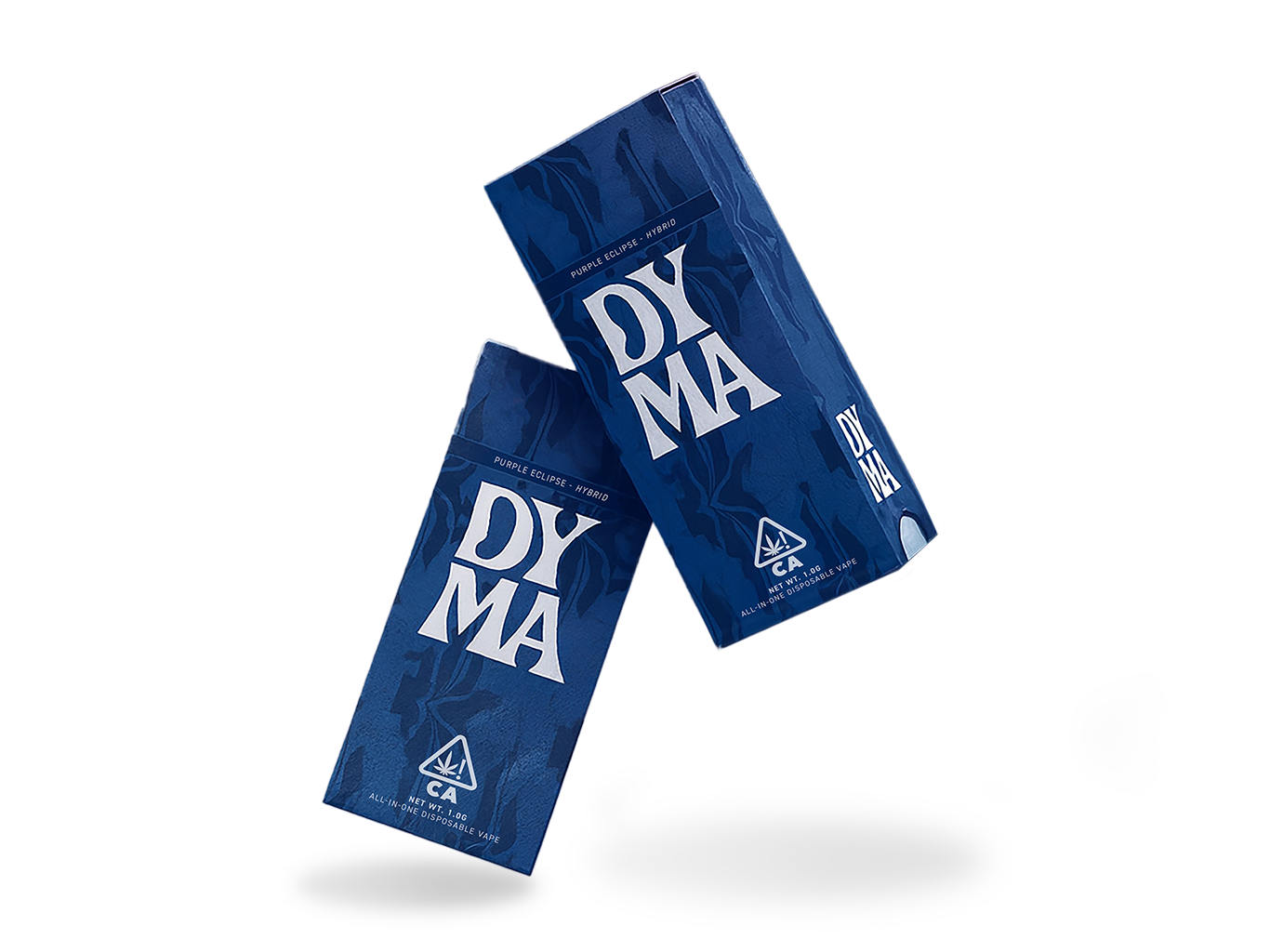Labeling Requirements for All Types of Packaging
Disclaimer: This article is for informational purposes only and is not intended to serve as legal advice.
Any company that creates and markets a product is held to a high standard of labeling in the United States and abroad. It’s a part of doing business, and if you don’t do your homework, there are fines and potentially even bigger consequences down the line.
Thankfully, labeling requirements are spelled out in clear terms in U.S. law — so you don’t need to be a legal scholar to figure them out. Determine your industry or niche, then go step-by-step to meet the labeling standards for every product and package you create.
That’s easier said than done, of course, so we’re here to help you out. In this article, we’re making sense of all the relevant regulations for several industries, so that you can get your products out there faster and with less stress. Let’s get started.
What Are Product Labeling Requirements?
Depending on the product and your location, labeling requirements will vary in degree and specificity. In the U.S., agencies such as the Consumer Product Safety Commission (CPSC) and the National Institute of Standards and Technology (NIST) put forth rules and regulations for domestic products, as well as imports and exports.
In places like Europe, with many countries in close proximity, you may find that certain product types are held to the same standard throughout the entire continent, while some countries choose to take matters into their own hands.
While many places have a familiar set of basic standards for product labeling, there are a few quirks and unique requirements based on other legal standards.
Labeling practices tend to tighten when it comes to food safety or products like alcohol, tobacco, and cannabis products. Laws will vary greatly depending on the state and even certain jurisdictions within a state.
With all that in mind, labeling can be a challenge in itself. Businesses must take the process seriously to better protect consumers, as well as their own organizations, from a legal standpoint.
Why Is Labeling Required on Products?
In most cases, a package label is a matter of transparency. Labeling information gives consumers the insights they need to make smart and cost-effective purchases, from medical products to mechanical components and everyday items like snacks and drinks.
Comparing net weights, prices, ingredient statements, and other factors is key to smart consumer choices, and that’s worth enforcing for a more fair economy.
Governments are also obligated to protect both companies and consumers by requiring labels in various industries, which keeps organizations honest about what they’re selling, where their materials come from, and other important additional information outlined by regulatory agencies.
“Safety first” is the motto here, especially when concerning children’s products that may contain hazardous materials or small parts. The goal is to keep parents informed about what they’re buying, the potential risks involved, and to minimize harm to the greatest possible degree.
What Is the Fair Packaging and Labeling Act (FPLA)?
Put forth by NIST in 1967, the Fair Packaging and Labeling Act (FPLA) is a set of standards that applies to any product sold on the basis of weight or measure. These “consumer commodities” are distinct from most electronics and mechanical components that are sold by unit, and weight is not a relevant metric.
Therefore, the FPLA mainly affects food products, supplements, nutriceuticals, various household goods, and certain materials used for agriculture, construction, and development. Net contents, nutrition labeling, net weight (net wt) and metric units, product identity, and the name of the business are key components to be included on a label.
The FPLA is just one example of U.S. labeling regulations, and the Food and Drug Administration only enforces it with respect to certain consumable products.
The Department of Transportation (DoT) governs how automobile parts are labeled, the Federal Trade Commission (FTC) governs jewelry, textiles, and radio frequency devices, and the Alcohol and Tobacco Tax and Trade Bureau (ATTB) works with the FDA to govern the labels of tobacco, beer, and distilled spirits.
What Are the 5 Requirements in Labeling Packaged Food?
The United States Department of Agriculture or USDA is responsible for upholding food labeling standards only with respect to meat, poultry, and eggs. The FDA handles everything else and has similar guidelines, except when it comes to potential allergens like crustacean shellfish, wheat flour, or tree nuts.
Identity of Food
Apart from the name of the product, what is the exact type of food contained within the package? Product names and common food names tend to differ.
Cheese is a perfect example, as many “processed cheese products” must be labeled as such, even if they don’t meet the standard definition of cheese in a traditional sense.
These labels must be visible on the front of the package to ensure integrity and transparency for customers as they shop.
Name of Manufacturer, Packer, or Distributor
As supply chains become increasingly complex, labels must include all relevant information, detailing the country of origin where products were manufactured, packaged, and distributed. It might be all in one location, or spread out across various facilities.
Place of Business
In addition to the journey of the product’s creation and distribution outlined above, labels must include the name and location of the primary place of business. If that differs from production, packing, or other supply chain details, that must be explained in common language.
Since 2017, companies are no longer required to list their street address on the label itself, but this information must be readily accessible via a website or printed directory for quick verification.
Ingredient Declaration
A statement of ingredients must be included on the same panel as the manufacturer information, listed in descending order of weight in clear, legible print. Most companies choose to publish ingredients directly underneath the nutrition facts panel.
Net Quantity of Contents
The net quantity of contents refers to the total amount of food contained within consumer packages, shown in a recognizable weight or fluid measure.
Companies must also calculate the number of servings to meet regulations in the food labeling guide. These guidelines require them to count the number of units (chips or pretzels, for instance) and list how many are in a single serving.
What Are the Requirements for Labeling Cannabis Products?
With the cannabis industry hitting its stride, companies need to drill down on their labeling methods to meet the ever-changing regulations.
Be sure to meet the specific requirements for every state in which you plan to distribute your products. Stay in the loop regarding changes as the industry expands and evolves.
Individual US State Regulations
Every state has its own set of cannabis package standards, with a few common threads connecting them. Packages must be child-resistant, tamper-evident, resealable (if more than one serving), and opaque if the product is edible. Dymapak, for example, offers innovative child-resistant, food-grade packaging.
These standards are in addition to the expected label elements including product identity, net volume or weight, and a clear indication that the product contains cannabis. Different states use a distinct symbol, which must be displayed at a particular size.
Depending on the state, you may also need to meet standards including government warnings, expirations and best-by dates, batch or lot number, and other food packaging regulations that apply under the FPLA and other laws like it.
Canadian Regulations
In Canada, many of the same standards apply, including a label with a dyne/cm level of at least 38.
This is a measurement that ensures a label can be permanently stuck to the package so it cannot be peeled off without ripping.
What Packaging Materials Make Labeling Easy?
Cannabis product producers need a package that makes labeling easy, and allows them to meet all the above regulations without issue.
This means ample space for information and branding, plus the assurance that child-proof and tamper-evident packages will make their way safely to store shelves and shopping carts.
For innovative child-resistant packaging solutions, look for pouches and tins that go above and beyond in terms of construction, appearance, and overall look and feel. Custom options and pre-printed warnings also speed up distribution and help to avoid legal pitfalls.
The Bottom Line
Product labeling isn’t necessarily complicated, but the process is highly detail-oriented and can take up time.
Expedite the process without the risk by choosing a packaging and labeling partner with experience across all major industries, from snacks and technology to the wild west of the cannabis marketplace.
Sources:
Food Packaging Labels – Required Information | FoodPackagingLabels.net
Cannabis Packaging Regulations Across States | CannaCon
Packaging and Labeling in the US | NIST.gov





